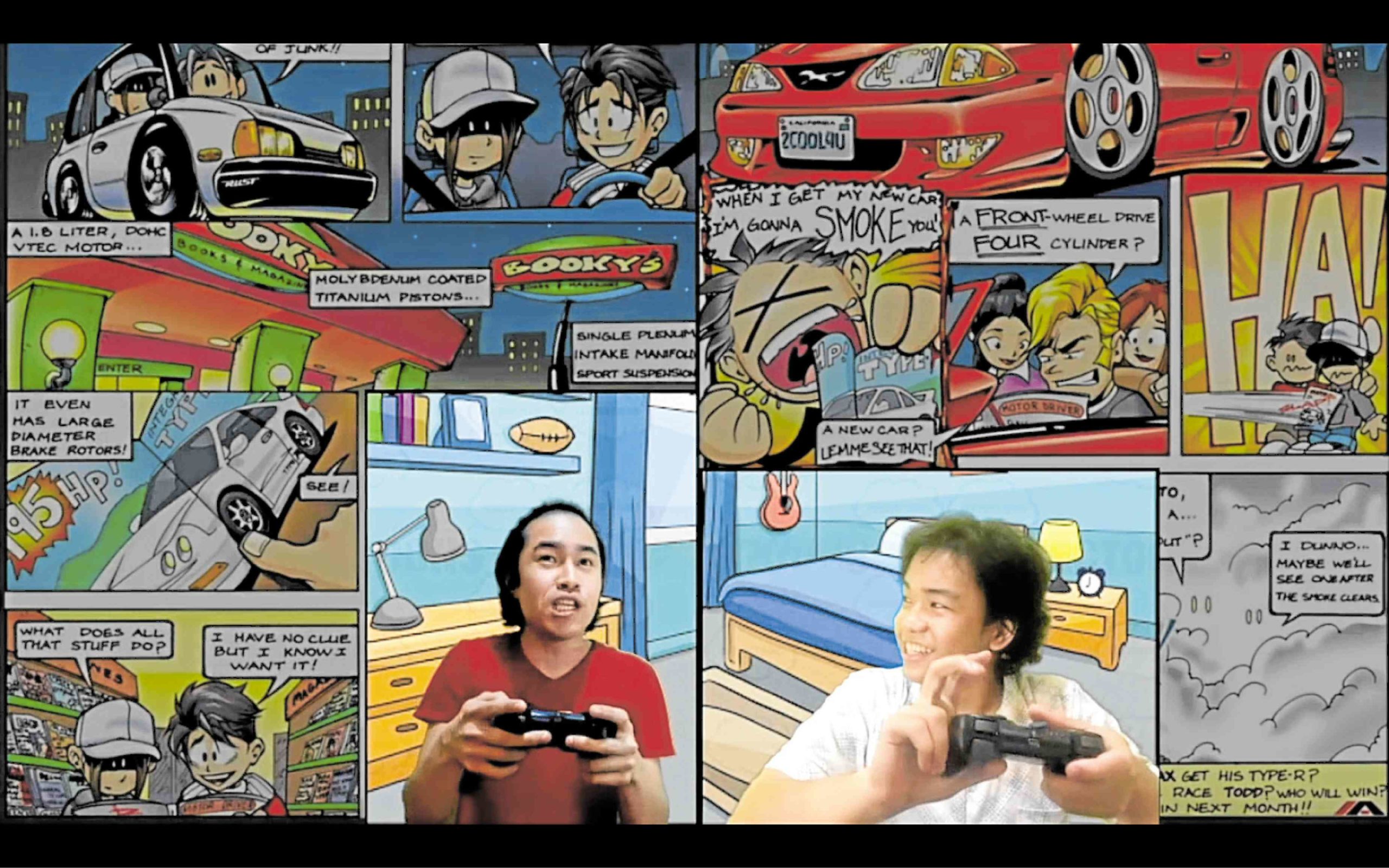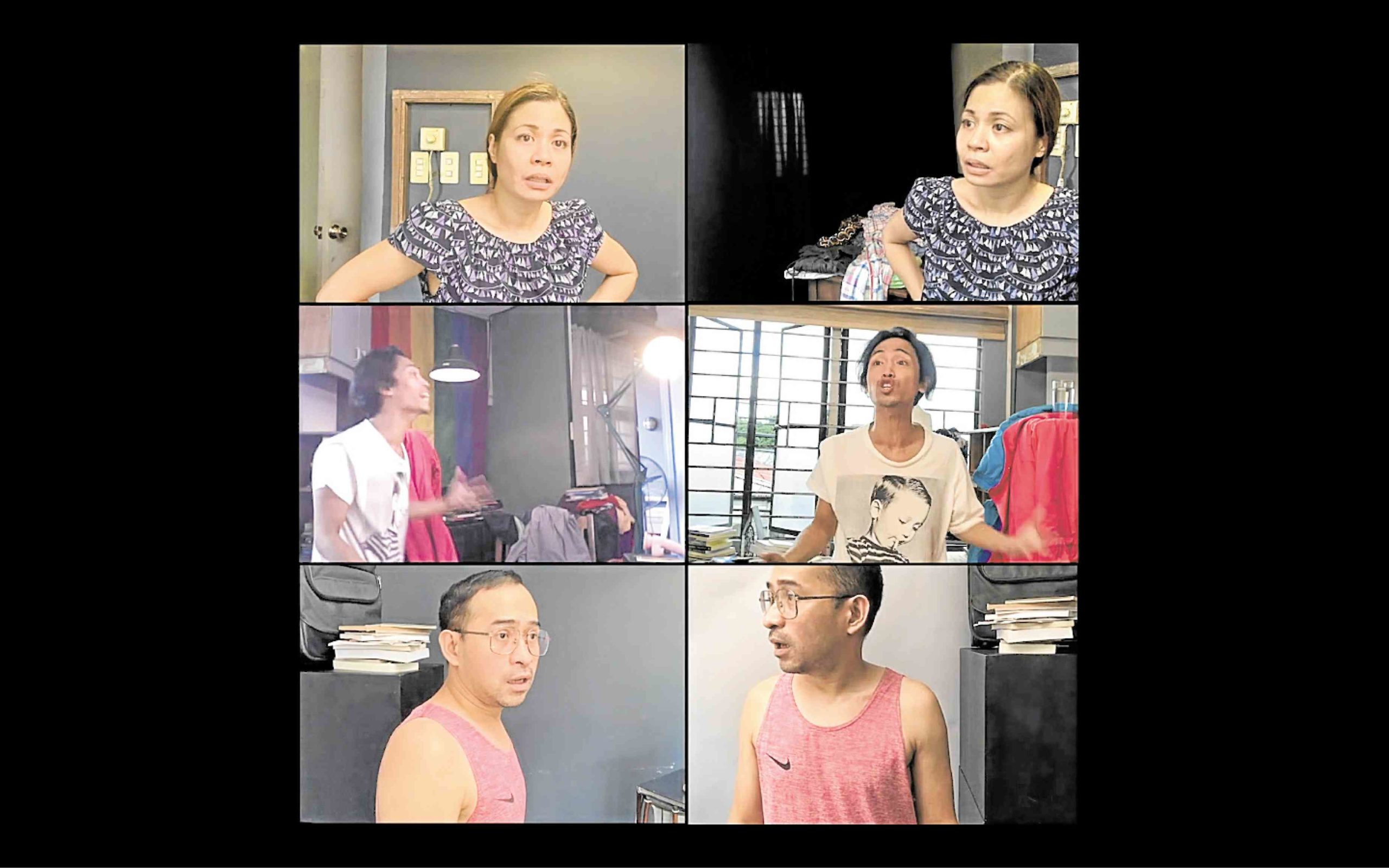(First of two parts)
Under ordinary circumstances, the Cultural Center of the Philippines would have resembled a pilgrimage site of sorts these last three weeks, as Virgin Labfest, the annual festival of “untried, untested, unstaged” one-act plays, holds its 16th edition from June 10-28.
But this is no ordinary time: A pandemic rages across the world, with ill-equipped, populist leaders in charge of governments, to our global misfortune.
In Manila, live entertainment has been at a standstill for 15 weeks, resulting in thousands of displaced individuals and hundreds of millions in financial losses.
What’s the Filipino theater artist to do in the face of unprecedented crisis where physical proximity in a live performance is a no-no?
If you’re JK Anicoche, newly installed festival director of Labfest, you forge on, doing what theater artists around the world have done the past three months—migrating online and making do with “virtual theater.” The festival theme “kapit” (“hold on”) couldn’t have been more apt.

Substitute for live theater
One wonders what the German cultural critic Walter Benjamin would have to say about this new arrangement. In his 1935 landmark essay, “The Work of Art in the Age of Mechanical Reproduction,” Benjamin briefly distinguished theater from film through two elements: the presence of camera for the latter, and a physical audience with whom the stage actor interacts constantly for the former.
But Benjamin didn’t have to deal with a pandemic, nor could he have foreseen the rise of the internet, which has not only influenced how we “reproduce” and “distribute,” and thus “view” and “consume” art, but which can now dictate the very creation of art itself. Especially in light of the pandemic, the distinctions laid out by Benjamin aren’t so much rendered pointless as placed in positions that demand careful reflection and reconsideration.
There can be no substitute for live, physical theater as we’ve known it, but one might as well make room for this new “virtual” theater—works that aren’t just filmed versions of live performances, but created, designed and intended to be performed for the virtual space.
While we look forward to finally returning to watching theater in real time as an intimate crowd, it is necessary, if only in the meantime, to explore what it means to be writing scripts with streaming platforms in mind; directing and performing for the unseen but ever-present audience; even presenting shows in a country where decent internet connection—the basic requirement of virtual theater—isn’t common.
The nine works of this year’s Labfest prompt discussion of those questions. (The 10th play of the original lineup, Dustin Celestino’s “Doggy,” has been pulled out of the festival.)
(To watch, click vimeo.com/culturalcenterphils. Registration for a Vimeo account is free.)
‘Pilot Episode’: Brilliant
The best of the nine is Floyd Scott Tiogangco’s “Pilot Episode”—not only a cut above the rest, but also inarguably the first great Filipino play of the quarantine. The writing is a brilliant explication of mental illness, honest and compassionate in its portrayal of the cycle of helplessness that hounds not just the patient, but also the patient’s loved ones, to an almost normalized degree.
The advantages of having a filmmaker at the helm are instantly recognizable. But more than just his evident grasp of working on screen, director Giancarlo Abrahan actually lends the medium of film to heighten both the storytelling and the theatrical production, instead of insisting that the theater adjust to preconceived demands of film.
The play’s first half is a straightforward monologue, with Phi Palmos (in one of the year’s finest turns as the bipolar protagonist) acting straight before the camera (and thus, the viewers).
The second half is a tour-de-force dramatization of a manic episode in the life of the character, who lives with his parents (Missy Maramara and Jojit Lorenzo, providing excellent support). Six rectangular screens are present throughout, as each actor shoots from two differently positioned cameras at home.
By merely playing with the screens—the “positioning” of the actors, how many screens they occupy in a scene, even the way they appear, disappear or are cut within a screen—Abrahan is able to capture the internal and external struggles of mental illness, and renders the confusions of mania—the flight of ideas, the fluctuating emotions and energies—in surprisingly accessible and evocative terms.
The “editing” and “production design” even succeed in granting the play a sense of visual and narrative continuity.

‘The Boy-boy & Friends Channel’: Fine sketch comedy
Anthony Kim Vergara’s “The Boy-boy & Friends Channel,” directed by Joshua Tayco, also lends itself well to the virtual medium.
The play is about four friends who run one of those YouTube channels that put out inane, if selectively entertaining, content. And the inanity is reflected foremost in the use of comical (and comically cheap) visuals, from Zoom backgrounds to outlandish physical gestures (mostly care of Gabo Tolentino, a hoot as the quartet’s tattoo artist friend).
The treatment is, in a way, meta: On stage, the play would have unfolded with the audience located “inside” the physical space where the characters are shooting their YouTube content; now, the viewer watches from the other side of the “camera,” chunks of the play unfolding as the supposed video recording.
The play itself is too long, takes unnecessary detours, and ends unconvincingly. But when it’s good, it’s really good, Vergara’s writing calling to mind the finest moments of sketch comedy shows like “Bubble Gang” and “Ispup,” but for the Duterte era. And the perfect casting includes Jerald Napoles and Anthony Falcon, so believable as the kind of people who would casually poke fun at Duterte’s drug war on their YouTube channel, that you wonder just where the script ends and the improv begins.

‘Titser Kit’: A marvel of simplicity
Jobert Grey Landeza’s “Titser Kit” is the opposite of Vergara’s play. A conversation in a school storage room between a new student, who happens to be lumad, and the teacher who is his sole friend and confidante, it is devoid of noise and is a marvel of simplicity.
Director Adrienne Vergara’s “staging” evokes the limits of the play’s intimate physical (as well as social) space with just two alternating camera perspectives and through clever use of close-ups.
The play, however, is riddled with a clumsy eagerness to arrive at moments of poignancy by way of nostalgia-as-exposition. Nevertheless, in the instances that it does land those moments, in the quiet gestures and small pauses of its actors (IO Balanon and JM Salvado as teacher and student, respectively), it becomes a deceptively simple but no less illuminating discourse on the unspoken trauma of children from violence-stricken places. —CONTRIBUTED
(To be continued tomorrow)












































